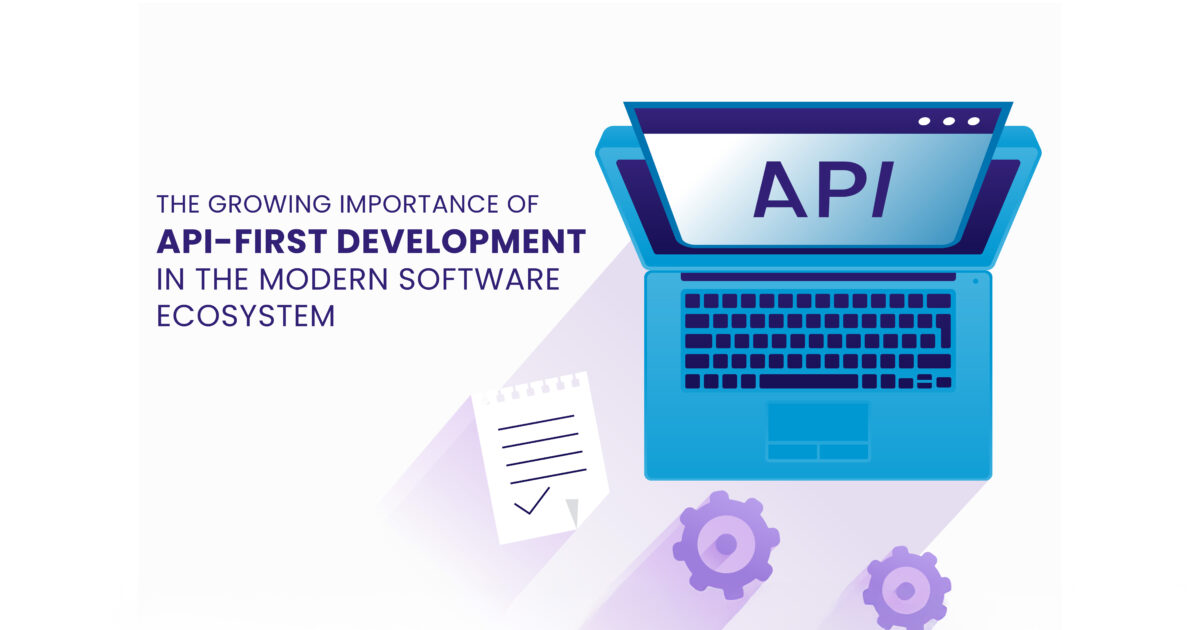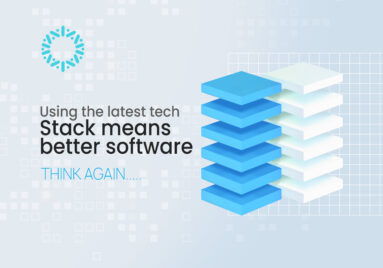The leading strategy for remaining up-to-date and fulfilling both consumer expectations and technological demands in the fast-paced world of software development is being ahead of the time. Probably the most important change in the current approach that developers take while developing applications today is API-First Development, and this has increasingly become the base of creating adaptable, flexible, and future-proof systems.
What is API-First Development?
API-First Development is a design methodology where the application programming interface (API) is placed as a central, fundamental component of the development. Rather than building a product or service and later adding an API to interact with it, the API is built and designed first. This way, the API can be designed to be robust, well-documented, and simple to use, forming the basis on which any applications or services will be constructed to interact with it.
Why does API-first development become a need?
With more and more dependencies placed on integrated systems, APIs are becoming the primary method through which various software platforms, devices, and services communicate with each other. Let us consider some of the reasons why API-First Development has become the key approach for modern software ecosystems:
Adaptability and Flexibility
One of the fundamental benefits of API-First Design is that it allows for the creation of adaptive and flexible systems. With APIs as the foundation, developers can design modular systems in which various components (be they microservices, databases, or third-party services) can communicate with one another. This portable facilitates easier adaptiveness of individual services without impacting the overall system.
Accelerated Development Cycles
In traditional development, APIs are afterthoughts. But when the API is a priority from the start, it is possible to develop the front-end, back-end, and other parts of the system in parallel. Parallel development speeds up the entire software development cycle with quicker releases and time-to-market.
Cross-Platform Compatibility
Software needs to be portable across a wide range of devices and platforms, such as mobile, desktop, etc. API-First Development provides acombined interface through which different front-end platforms can access the same backend systems without resistance. Applications can be plugged directly into existing ecosystems with the help of APIs, leading to strong user experiences.
Team Collaboration
API-First promotes more coordination between various development teams. Front-end and back-end teams, and even QA teams, can all coordinate design and behavior of the API early on. Since API specs tend to get defined in advance (using tools such as OpenAPI), teams can have a clear vision of how various components of the system will exchange information and interact with each other.
Future-Proofing Software
Technology evolves constantly, and API-First Development ensures it becomes easier for software to become compatible with fresh platforms, gadgets, and technology without revising the entire system. APIs provide a middle point through which programs are allowed to smoothly communicate with new features or services and ensure the development process is future-proofed.
Major Benefits of API-First Development
- Improved User Experience
With an API-First approach, developers can ensure the user experience does not vary as the application gets accessed on different platforms, including mobile, web, and even voice assistants. APIs help ensure a combined experience, where the data is present and properly formatted, improving ease for developers to code.
- Easier Third-Party Services Integration
One of the greatest benefits of an API-first approach is the simplicity of adding third-party services. Whether it’s payment processing, machine learning functionality, or social media integration, APIs allow you to leverage external services without compromising the core functionality of your app.
- Clear Documentation and Specifications
Because APIs are documented and defined prior to actual development, API-first development makes sure that API specifications are definite and open to everyone. Working with internal or third-party developers, having end-to-end documentation accelerates integration and minimizes the likelihood of mistakes.
- Increased security and standardization
Once you place the API first, security becomes enforced at the system level right from the start. In this case, when you set up security controls and restrictions early on, you ensure all communication to the API is done in a secure manner. Additionally, the consistency of the API may help you ensure that data is distributed in a uniform manner across all parts.
API-First is more than a fad today and an essential practice in the modern software Industry . Because of its ability to enhance speed up development, and enhance cooperation, it’s clear to see why companies are adopting it more than ever. Through its focus on APIs right from the outset, organizations can create software that’s future-proofed, robust against new technologies, and capable of providing smooth end-user experiences on multiple platforms.
As software systems become moresophisticated the API value proposition can only grow from here, which makes API-First development an important model for any development team that wishes to thrive in the current tech climate.





